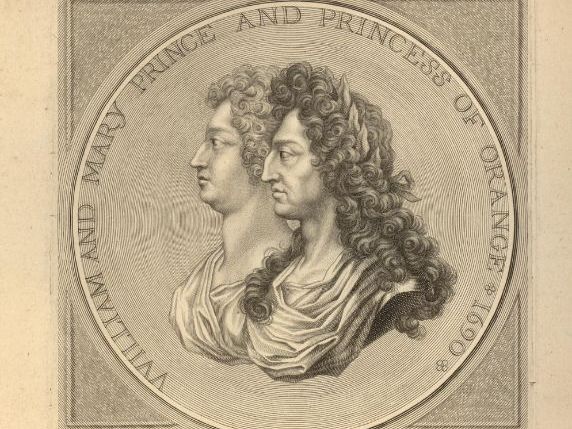

Use documents in this lesson to explore the causes of the Glorious Revolution and its impact on the British monarchy. Also find out about the effects of the Glorious Revolution on Ireland and the American colonies.
In early 1689, James II, King of England, Scotland, and Ireland, was deposed by Parliament and replaced by his daughter, Mary, and her husband, the Dutch prince William of Orange.
Since James II ascended the throne in 1685, he had fuelled the interconnected fears of Catholicism and arbitrary government within England, a deeply Protestant country. As a determined Catholic, James had granted Catholics many rights, including the freedom to worship openly, to hold public office, and even to be members of the privy council. His continuous use of the royal prerogative to achieve his own political and religious ends was central to his downfall.
In June 1688, James’ second wife Mary of Modena gave birth to a son, destroying English hopes that Mary, the king’s Protestant daughter, would ascend the throne after the death of James II. Instead, they faced the prospect of another Catholic king. This, combined with James II’s continued authoritarian behaviour, led to several peers (the ‘Immortal Seven’) asking the Dutch prince William of Orange to invade England. On 5 November 1688, William arrived with his army on English shores.
In December 1688, James II fled to France. After being presented with the Declaration of Rights, which stressed the need for a contractual model of kingship and government, William and Mary accepted the throne on the 13 February 1689.
Something went wrong, please try again later.
This resource hasn't been reviewed yet
To ensure quality for our reviews, only customers who have downloaded this resource can review it
to let us know if it violates our terms and conditions.
Our customer service team will review your report and will be in touch.